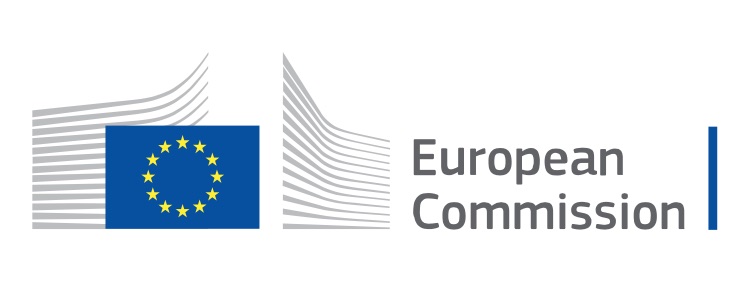The EU Commission has operned a public consultation process on the NAIADES III Action Plan for the development of Inland Waterway Transport aiming to: “achieve the continuous and reliable navigability of the trans-European inland waterway network and in those inner cities where inland waterways can green the last mile of city logistics through dedicated terminals. It should ensure swift links to other modes while assuring sustainability and resilience of the infrastructure, protecting the environment and adapting to climate change. This can be achieved through (i) clearer and flexible technical requirements for TENT-T infrastructure, (ii) a reinforced role of the European Coordinators for better coordination of national /corridor plans and (iii) enhanced multimodality and interoperability between different modes through a new regulatory framework on combined transport, iv) continuous financial support aimed at improving the quality and the climate resilience of inland waterways infrastructure, including of the inland ports infrastructure to become new clean energy hubs for integrated electricity systems, hydrogen and other low-carbon fuels and testbeds for waste reuse and the circular economy as well as their multimodal connections with rural, urban and suburban areas.
WSCS along with other partners (WWF, DSTF, etc) have taken the opportunity to request from the EUuropean Commission that the Green Deal objectives must be implemented by the EU institutions in their future activities such as the development plans for inland waterway transport to prevent further loss of habitats and biodiversity. A trend that the sturgeons have demonstrated to be effective over the past century already.
For the full comment, please check the link.





